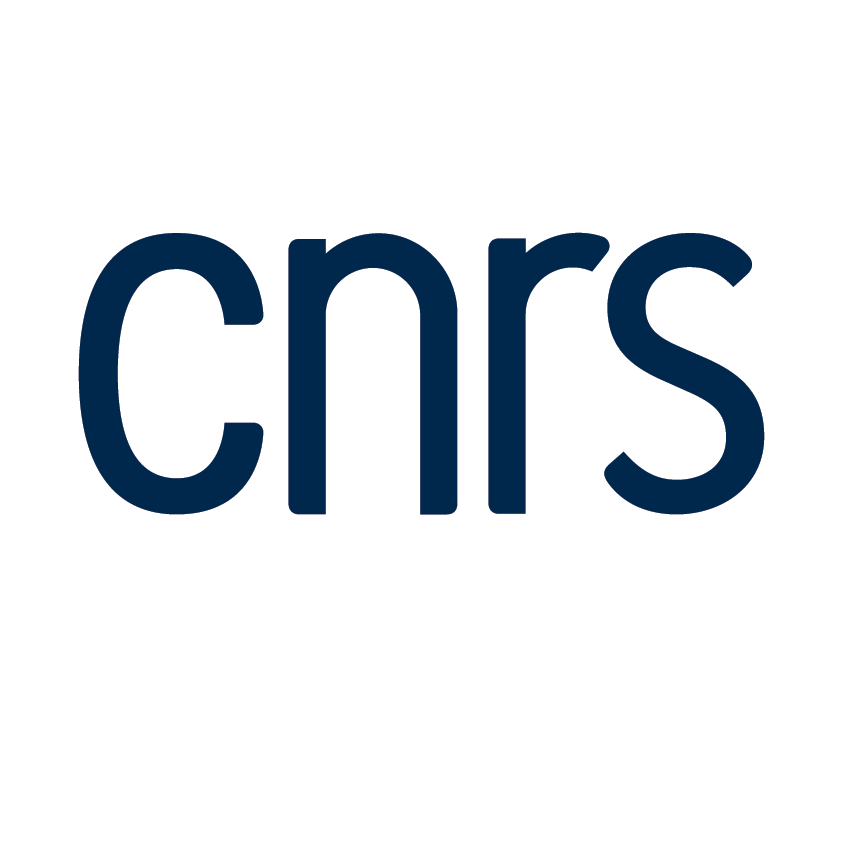Séminaire de Théorie des Nombres
Algebraic curves over finite fields: rational points and birational invariants
Maria Montanucci
( (Technical University Copenaghen) )Salle de conférences
le 24 mai 2024 à 14:00
Algebraic curves over a finite field have been a source of great fascination, ever since the seminal work of Hasse and Weil in the 1930s and 1940s. Many fruitful ideas have arisen out of this area, where number theory and algebraic geometry meet, and many applications of the theory of algebraic curves have been discovered during the last decades.
A very important example of such application was provided in 1977-1982 by Goppa, who found a way to use algebraic curves in coding theory. The key point of Goppa's construction is that the code parameters are essentially expressed in terms of the features of the curve, such as the number of -rational points and the genus . In this light, Goppa codes with good parameters are constructed from curves with large with respect to their genus .
Given a smooth projective, algebraic curve of genus over , an upper bound for is a corollary to the celebrated Hasse-Weil Theorem,
Curves attaining this bound are called -maximal. The Hermitian curve is a key example of an -maximal curve, as it is the unique curve, up to isomorphism, attaining the maximum possible genus of an -maximal curve.
It is a result commonly attributed to Serre that any curve which is -covered by an -maximal curve is still -maximal. In particular, quotient curves of -maximal curves are -maximal. Many examples of -maximal curves have been constructed as quotient curves of the Hermitian curve by choosing a subgroup of its very large automorphism group.
It is a challenging problem to construct maximal curves that cannot be obtained in this way, as well as to construct maximal curves with many automorphisms (in order to use the machinery described above). A natural question arises also: given two maximal curves over the same finite field, how can one decide whether they are isomorphic or not? A way to try to give an answer to this question is to look at the birational invariants of the two curves, that is, their properties that are invariant under isomorphism.
In this talk, we will describe our main contributions to the theory of maximal curves over finite fields and their applications to coding theory. In relation with the question described before, during the talk, the behaviour of the birational invariant of maximal curves will also be discussed.




